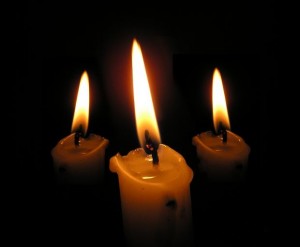I have recently been in contact with a brother from North Carolina, and during our conversations, I mentioned the fact that my family has deep roots in that state. This led the brother to go above and beyond in tracking down my family’s history in North Carolina. This also led me down memory lane to campfire stories of my paternal great-great-grandfather and the Civil War, my paternal great-grandfather coming to Oklahoma as an army doctor in order to treat Native Americans and the early settlers of what was then still “Indian Territory”, and my grandfathers’ exploits in World War II, both of whom were masons. This also made me think about my own eventual legacy, and the lessons and symbolism that Freemasonry provides in regards to leaving a positive and lasting legacy.
Each of us will leave some sort of legacy once we die; now then, whether that will be a positive or negative legacy will wholly depend on our actions. If we live a positive, just, and moral life we will likely leave a legacy worth remembering and retelling our own future progeny around campfires. However, if we do not live an upright life, we may end up being a cautionary tale, or forgotten all together.
Of course before one can leave a legacy, one must first die, and the topic of death, especially one’s own mortality is rarely a topic that is discussed in the western world. However, even though death is an uncomfortable subject for many men, it is a topic that presents itself over and over again in the rituals of the masonic system, a few examples of which include: The Master Mason faces a symbolic death in the Master Mason Degree, The Order of the Temple in the York Rite degree focuses heavily on one’s mortality, especially during the chamber of reflection and libations, and the Scottish Rite system is replete with references, including the fact that prior to 1935 candidates were required to prepare their final will and testament prior to receiving the 5th degree, and the admonition from the 30th Degree – Knight of Kadosh (S.J.), “Set your house in order for your life passes with every breath you draw. Death tracks every man line a bloodhound.”[1] Symbols and emblems of mortality are also used prominently throughout the masonic degree system. In fact, to the uninitiated the tracing board for the Master Mason degree could pass as a poster for a classic horror film, or the cover of a heavy metal album.
While many profane, and even some members may view references and symbols of mortality as macabre, reminders of our own mortality can be a powerful reminder to live a just and upright life. The Latin phrase, “Memento Mori” (Remember Death), which is used prominently in the York Rite system, especially the Commandery, can be an extremely beneficial motto to apply to one’s life, because since no man knows the hour of their death, it behooves each of us to live life in a way that we could die at almost any moment without regrets, grudges, or stains on our spiritual aprons.
In order to leave a positive legacy, we must also live our life in the manner that we want to be remembered, we must live our legacy. Every action that we take can have far reaching and long lasting impacts on not only our own lives, but the lives of others. Every act that we take can be viewed as throwing a stone into the pool of life. Each stone (action), whether positive or negative will cause waves to ripple across the waters of life and time. Positive actions will have positive waves (effects), and negative actions will cause negative effects. Our legacy will be determined by the sum total of the positive or negative waves that we put into motion. Therefore, as we live our lives it is important to cause as many positive effects and influences as we can. This is one reason why charity is such an important pillar of our fraternity, as well as why there are so many admonitions to live a positive, just and moral life.
“Remember, that though life is short, Thought and the influences of what we do or say, are immortal; and that no calculus has yet pretended to ascertain the law of proportion between cause and effect. The hammer of an English blacksmith, smiting down an insolent official, led to a rebellion which came near being a revolution. The word well spoken, the deed fitly done, even by the feeblest or humblest, cannot help but have their effect. More or less, the effect is inevitable and eternal.” – Albert Pike[2]
A positive legacy also requires you to live a full life, which means wasting as little time as possible in your various endeavors. This is one reason why the first working tool given to a new Entered Apprentice is the twenty-four inch gauge, which teaches the new brother to divide his daily activities into three equal parts, “whereby we find a portion for the service of God and a distressed worthy brother; a portion for our usual vocations, and a portion for refreshment and sleep.”[3] By properly dividing and utilizing our time, we can make the most out of our life, so that when we look back on our lives we will not regret wasted years and hours. Also, a full life will have a greater impact on those around us, where instead of spending idle time, we can spend more time being a positive influence in the lives of others.
“We think, at the age of twenty, that life is much too long for that which we have to learn and do; and that there is an almost fabulous distance between our age and that of our grandfather. But when, at the age of sixty, if we are fortunate enough to reach it, or unfortunate enough, as the case may be, and according as we have profitably invested or wasted our time, we halt, and look back along the way we have come, and cast up and endeavor to balance our accounts with time and opportunity, we find that we have made life much too short, and thrown away a huge portion of our time. Then we, in our mind, deduct from the sum total of our years the hours that we have needlessly passed in sleep; the working-hours each day, during which the surface of the mind’s sluggish pool has not been stirred or ruffled by a single thought; the days that we have gladly got rid of, to attain some real or fancied object that lay beyond, in the way between us and which stood irksomely the intervening days; the hours worse than wasted in follies and dissipation, or misspent in useless and unprofitable studies; and we acknowledge, with a sigh, that we could have learned and done, in half a score of years well spent, more than we have done in all our forty years of manhood.” – Albert Pike[4]
Finally, the symbolism of the plumb nicely summarizes the craft’s lessons in regards to living and leaving a positive legacy, “The plumb admonishes us to walk uprightly in our several stations before God and man, squaring our actions by the Square of Virtue, and remembering that we are traveling upon the Level of Time, to ‘that undiscovered country, from whose bourne no traveler returns.”[5]
By properly applying the lessons of the craft to our lives and remembering our own mortality, we can live a full, just, and upright life, that will not only lead to greater happiness for ourselves, but also to the greater happiness of others, thus leaving a positive legacy.






